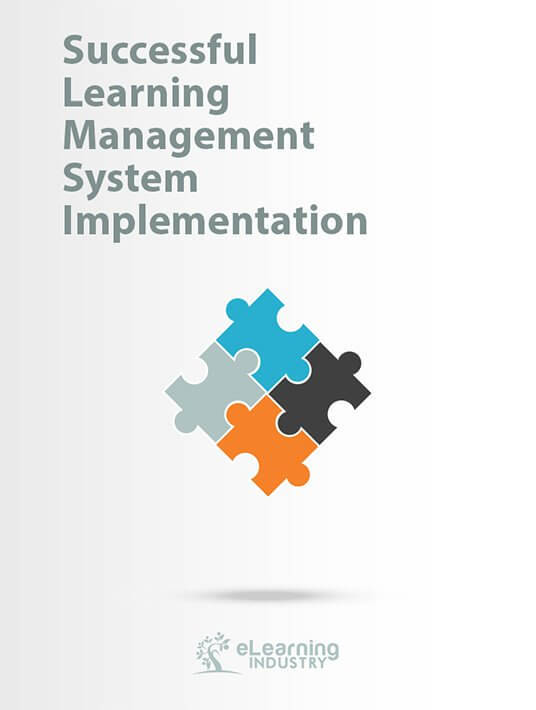There are many different reasons an organization may be looking to implement a new LMS. It may be their first LMS ever, they may have outgrown their previous platform, or their requirements may have evolved, meaning their old platform is no longer fit for purpose. If you already use an LMS but need to migrate to a new one, the prospect of moving all your data across to the new platform can be daunting. We’ve put together 5 best practice tips to help ensure your next LMS implementation goes smoothly when it comes to data migration.
1. Change Management
There is a delicate balance to strike between distributing too much and too little information about an LMS migration project. Too much can lead to information overload for stakeholders, though too little can leave them feeling alienated and disinclined to engage further down the line. When issuing communications around your LMS migration, consider the end users involved, including administrators, course managers, trainers and learners.
2. Technical Engagement
It is vital to liaise early and often with the internal and external technical suppliers involved in your existing and new LMS. Speak to these people to establish how data migration will be transferred to speed up the interaction between your incoming and outgoing technical teams. This will also ensure you maintain all the appropriate system integrations throughout the process, meaning all your software continues to seamlessly communicate from the moment you make the switch.
3. Functionality Audit
Before migrating to your new LMS, ensure you evaluate and capture all of the features you need to replicate within the new system. It can be tempting to assume that all the features from your current LMS will be needed in the new system, but many developments, plugins and add-ons may have been employed on now-depreciated technologies. Consider these carefully, and work with each of your stakeholder groups to ensure you’re implementing only the features you really need.
4. Training And Support
One of the key reasons for LMS failure is users not knowing how to use the system. Make sure there is both proactive and reactive support for end users. This involves providing training for your support team, as well as creating a knowledge base or FAQ for the team before roll out to ensure any issues are dealt with efficiently. Create a robust mechanism for capturing issues and feedback to ensure your LMS implementation is a success.
5. Systems Integration
Alert the relevant internal group or vendor early on that a new system is being put in place, and check the contractual obligations and estimated timeframes and costs associated with re-implementation of any integration. Ensure you factor in the relevant time, costs and resources into your migration business and project plan. If your existing LMS is integrated with any other systems, such as your HR or CRM system, and you need to replicate these across to your new LMS, ensure you have full technical and functional details and documentation of these systems and integration technology. Your new technical team will need time to design and develop new integrations and will likely need to liaise with a technician familiar with the target systems to capture all business and technical requirements.
By following these five best practice tips, your new LMS implementation should go smoothly, without the common hassles associated with data migration.



